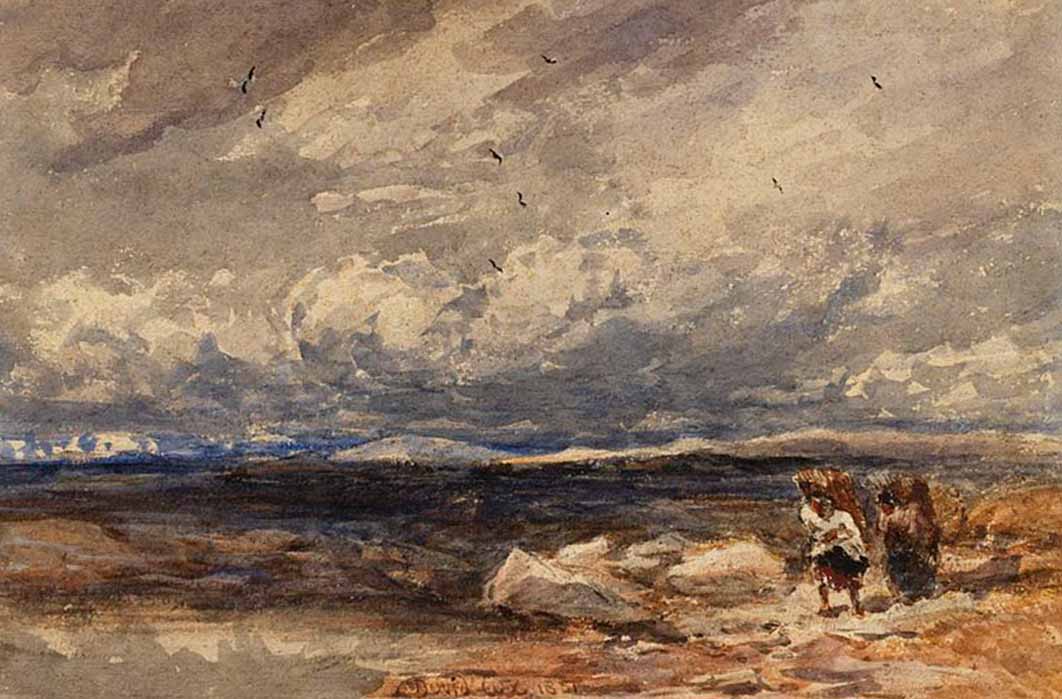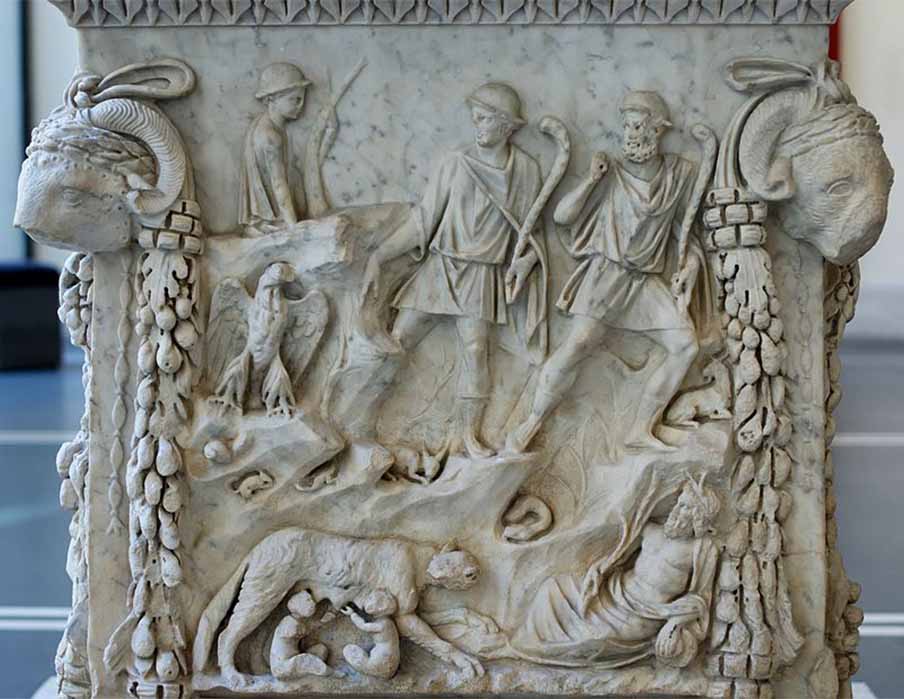
Hepatomancy In Ceremonial Beginnings: Finding An Auspicious Site
Beginning with a proper state of mind, augmented by proper rites and ceremonies, is essential for any enterprise. The most developed ceremonies of beginning are in European building traditions. One of the best explanations of this is by the Italian Renaissance architect, Leon Battista Alberti, in his influential book, De re aedificatoria (On the Art of Building; 1452). Alberti wrote: “It is undoubtedly proper . . . to set about our work with a holy and religious preparation. . . We ought therefore to begin our undertaking with a clean heart, and with devout oblations, and with prayers to almighty God to implore his assistance and blessing upon the beginnings of our labour, that it may have a happy and prosperous ending, with strength and happiness to it and its inhabitants, with content of mind, increase of fortune, success of industry, acquisition of glory, and a succession and continuance of all good things.”

Romulus and Remus argued over the site of the foundation of Rome and brought in augurs. A vulture from the contest of augury and Palatine hill are to the left. (From Ostia, now at the Palazzo Massimo alle Terme) (Public Domain)
Every beginning must be marked in some way that distinguishes the time after from the time before. The fundamental recognition of time and process, and one’s own place in that continuity, takes place when one conducts a beginning consciously. As with other beginnings, in founding a building, there are a number of points that can be taken as the beginning—choosing the site, clearing the place, digging the first hole, and laying the first stone.

Relief depicting a haruspex from the Roman Temple of Hercules (CC BY-SA 2.0)
Some Traditions Of Site Location
The Etruscan Discipline and its Roman development were formal, official systems of taking omens to decide on the suitability of places for building. In their full form, they were used for the foundation of cities, temples, and civic buildings. In his Ten Books on Architecture, the Roman architectural writer Vitruvius wrote: “When about to build a town or a military camp, our ancestors sacrificed cattle that grazed at the place and examined their livers. If the first victims’ livers were dark colored or abnormal, they sacrificed others. If they continued to find abnormalities, they concluded that the food and water supply at such a place would be equally unhealthy for people, so they went away to another locality, their main objective being healthiness.”
Determining the Ambience of the Land
It is clear that there have always been similar less official, local techniques with the same function, both in Italy and across the rest of Europe. They have been practiced since time immemorial and exist to this day in folk traditions all over Europe, and they are by no means out of use. The objective of the locator is to determine the true ambience of the land. According to widespread European folk tradition, place-spirits sometimes object to humans building on their land, and so they must be consulted before a decision to build is made. In the early medieval Norse Kormákssaga (Saga of Kormak), the place-spirits are asked through a ritual of measurement. The Norse builders measure the building-place three times. If the measurements come out the same thrice, then the place is a good location to build, but if the measurements are different, this is an omen that the place should not be built upon. A later northern technique employs the magnetic compass to determine the suitability of a building plot. In the Faroe Islands, a compass is laid upon the site. If it does not show true North, then the huldrafolk (hidden folk) there have rejected the proposed building, and another site must be sought.




